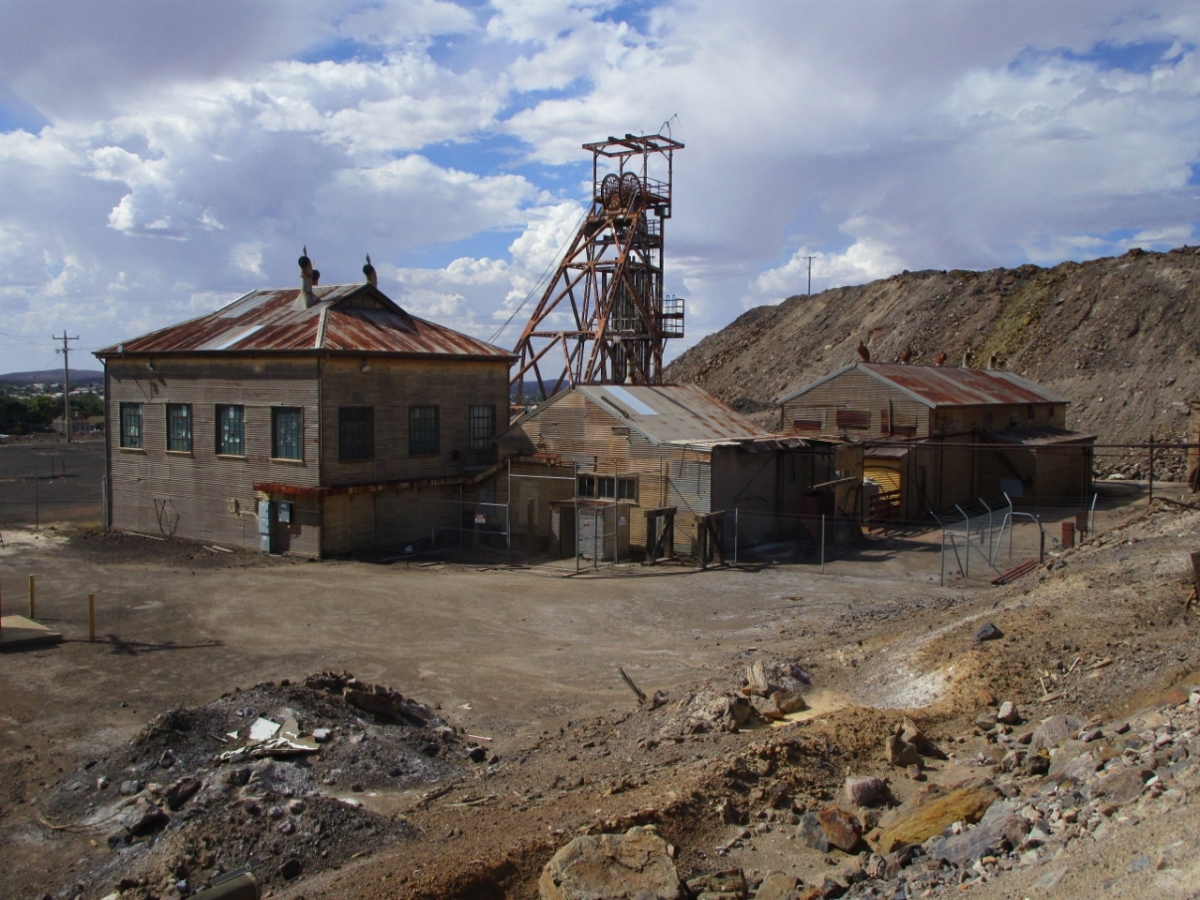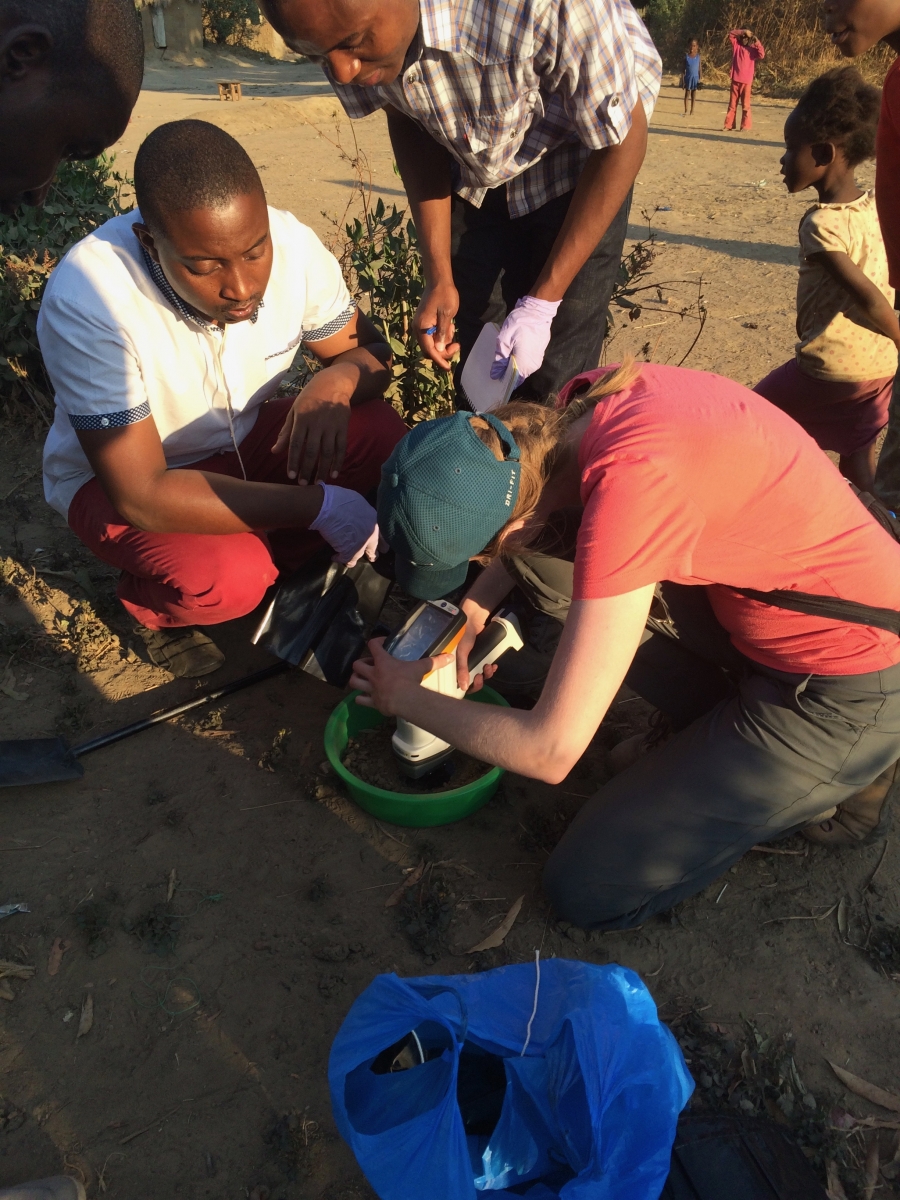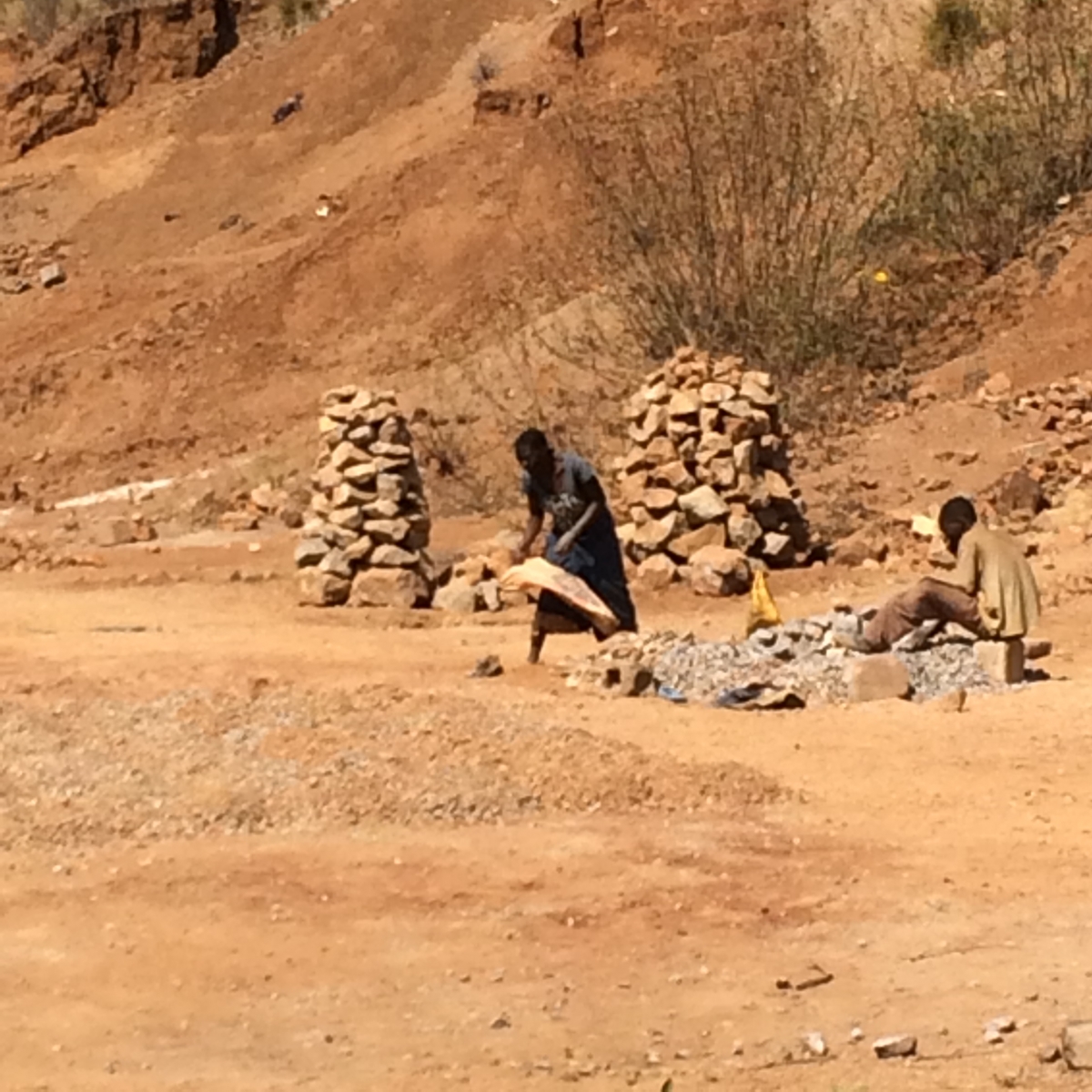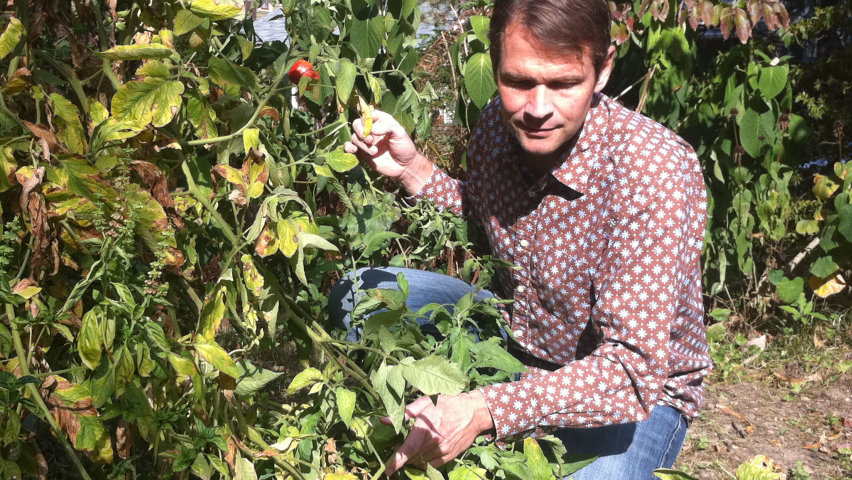Written by: Cheryl Dybas,
 Pollution is linked to a startling 16 percent of all premature deaths worldwide, "a statistic that highlights our failure to address the causes of disease," says Gabriel Filippelli of the Center for Urban Health at IUPUI. "Instead, we tend to focus on the symptoms."
Pollution is linked to a startling 16 percent of all premature deaths worldwide, "a statistic that highlights our failure to address the causes of disease," says Gabriel Filippelli of the Center for Urban Health at IUPUI. "Instead, we tend to focus on the symptoms."
Compounding the situation, Filippelli says, "is the fact that 92 percent of these pollution-related deaths are in low-income and middle-income countries." Filippelli and Mark Taylor of Australia's Macquarie University recently published their findings in the American Geophysical Union journal GeoHealth.
The result holds true across the globe. "We're all facing the same pollution problems," says Brandon Jones, a program director in the National Science Foundation's (NSF) Directorate for Geosciences, which supports Filippelli's research. "We need to find new solutions -- for our well-being, and that of future generations."
Many nations, Filippelli says, have little local expertise or environmental regulations. "Knowledge transfer from high-income countries is poor, which doesn't help," he says.
 The scientists cite the example of exposure to fine particulate matter from indoor and outdoor combustion, such as fires for cookstoves. "These particulates are a major cause of premature deaths," says Filippelli, "but it's a problem mostly faced by people in low- and middle-income nations."
The scientists cite the example of exposure to fine particulate matter from indoor and outdoor combustion, such as fires for cookstoves. "These particulates are a major cause of premature deaths," says Filippelli, "but it's a problem mostly faced by people in low- and middle-income nations."
Cookstove culprits
Basic cookstoves are often little more than piles of burning sticks with stewpots atop them. But they've been linked with the premature deaths of 4 million people annually, many of them children.
Three billion people around the world rely on wood, charcoal, agricultural waste, animal dung and coal for household cooking needs, burning these fuels inside their homes in poorly ventilated stoves or open fires.
The resulting miasma exposes families to air pollution levels as much as 50 times greater than World Health Organization guidelines for clean air, setting the stage for heart and lung disease. Household air pollution can also cause pneumonia in children and low birthweight in infants.
In addition, fires are sources of carbon monoxide and other gases that lead to smog. The heat-trapping gases emitted, when mixed into the global atmosphere, may affect climate.
Widespread use of more efficient, or "clean," cookstoves -- which produce less smoke than open fires -- may lower these toxic emissions, scientists have found.

Common themes
Around the world, air, soil and water pollution share common themes, write Filippelli and Taylor in their paper: lack of adequate pollution regulations and enforcement; a dearth of research on existing and emerging pollutants; and scanty resources to address ongoing challenges.
Regulations at national and international levels, where they exist, "have led to environmental change and protected human health," says Filippelli. "That's the underpinning of the improvements in longevity enjoyed by many citizens of upper-income countries."
 Get the lead out
Get the lead out
Higher-income countries, too, have flaws in their pollution protection systems, says Filippelli. In the U.S., for example, national legislation led to the removal of harmful lead from gasoline, "resulting in an immediate and continued decline in blood lead levels in children." However, attempts to reduce lead poisoning take place only after a child shows a high blood lead level.
While these levels have dropped since the elimination of lead additives in gasoline, paint, food and toys, some 500,000 U.S. children still have high blood lead levels. "And exposures are disproportionately greater in lower-income children," state the researchers.
Lead continues to be a major problem in cities. Most lead exposure in urban children is through "legacy sources" from more than a century of industrial activity, says Filippelli. "The lead now resides in surface soils and dust," he says. "These lead-rich deposits continue to be 'remobilized,' causing contamination of human, food and ecological systems."
Although scientists monitor air and water for potential contaminants, "there's no systematic program to map urban soil geochemistry, or to identify and eliminate hotspots of this persistent and toxic pollutant," Filippelli says.
Researchers analyze maps of children's blood lead levels to find pockets of high lead exposure. "That means waiting until children are exposed so we can find the source of the pollutant," says Filippelli. "But that approach fails the gold standard of public health: prevention. It's also a backward approach to public health protection."
Efforts are underway, he says, to "flip that equation" and engage community members in finding and reducing exposure to lead in their homes. The need for detection of lead in soil and dust is making its way onto social media platforms, "improving community involvement and the impact of science," state Filippelli and Taylor.
 GeoPaths forward
GeoPaths forward
To combat pollution and its health effects, the scientists are urging cities, states and entire nations to commit to community-engaged research and learning. "That's a center point of our NSF GeoPaths grant, through which we're inviting community partners to participate in pollution-related projects in which they can employ specific expertise sets," says Filippelli. "In particular, we're giving science students opportunities to foster change in their communities."
Ultimately, he says, "a failure to act will not reflect well on our use of the environment, for which there is no replacement."